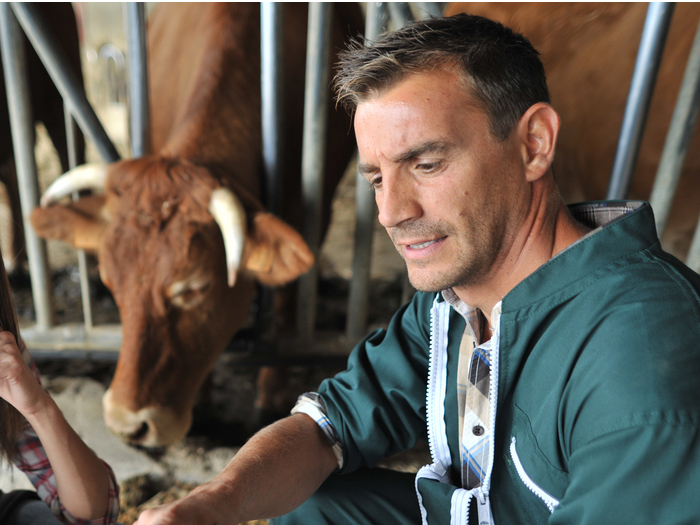
What it takes to be an entrepreneur
How-to

There are 3 major types of farmers:
Producers are concerned with the purely technical aspects of running a farm. They excel at constantly incorporating new practices to improve performance, whether in the amount of milk produced by each cow, the number of piglets each sow produces or the number of tonnes of corn produced per hectare. Producers prioritize technical performance.
Entrepreneurs are creative people who look ahead. They are trailblazers who live for and on their numerous projects. Entrepreneurs don't shy away from taking risks and remain focused on completing their projects.
Managers master all aspects of their businesses. They are focused on financial results. They know their production costs to the penny, as well as how to take calculated, moderate risks. Managers are able to sense market trends like entrepreneurs, and they are always on the lookout for new production methods like producers.
The 8 characteristics of the ideal farmer
The ideal farmer—or super-farmer—has an entrepreneurial spirit and has mastered the technical aspects of the profession. Farmers are business leaders, so they must have the traits of business leaders.
1. Set clear and real objectives
Say you want to increase your milk production from each cow. Why? To increase your income. Why do you want to increase your income? To do away with tight month-ends. The objective in this case is to improve your financial situation. Increasing production is 1 way. The real objective is clear when there are no more answers to the question “why?”
2. Be profit-driven
How much does it cost you to sell a litre of milk or a kilo of meat? How can you reduce that cost? Does your business need to maintain or increase production? Can operations be reorganized to reduce costs?
3. Consider business continuity as essential
What safety margin (the money that remains after repaying loans stated as a percentage of sales) do you maintain in your projects? 1%, 3%, 5%? Effectively assessing risks and maintaining sufficient room to maneuver (in case net income is less than anticipated) are 2 ways to protect your business.
4. Maintain an overall but detailed vision of your business
You are familiar with and are mastering all aspects of your business (production costs, your employees' level of satisfaction and motivation, steps taken to protect the environment and improve the health of your livestock, etc.). In terms of your finances, you have a vision of your business's growth, clearly defined objectives, a development plan, a list of staffing needs and so on.
Interested in knowing the other four characteristics?
Read the full article on Desjardins’ website


